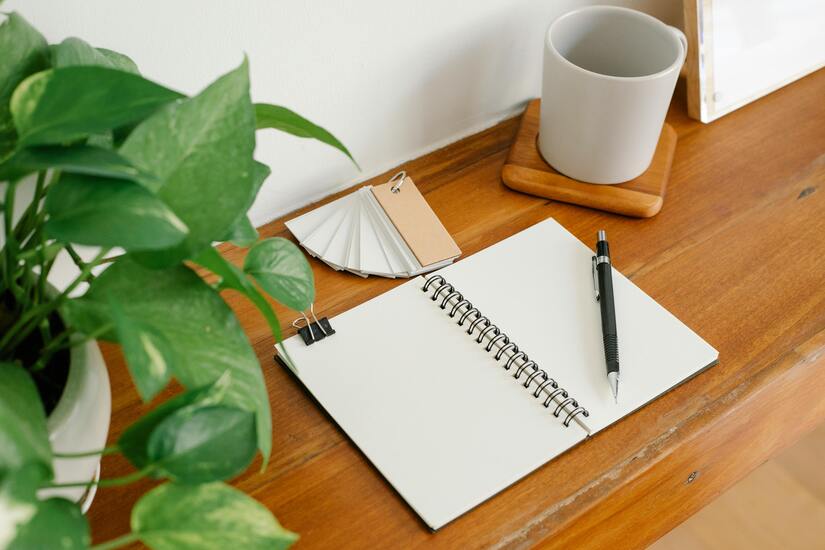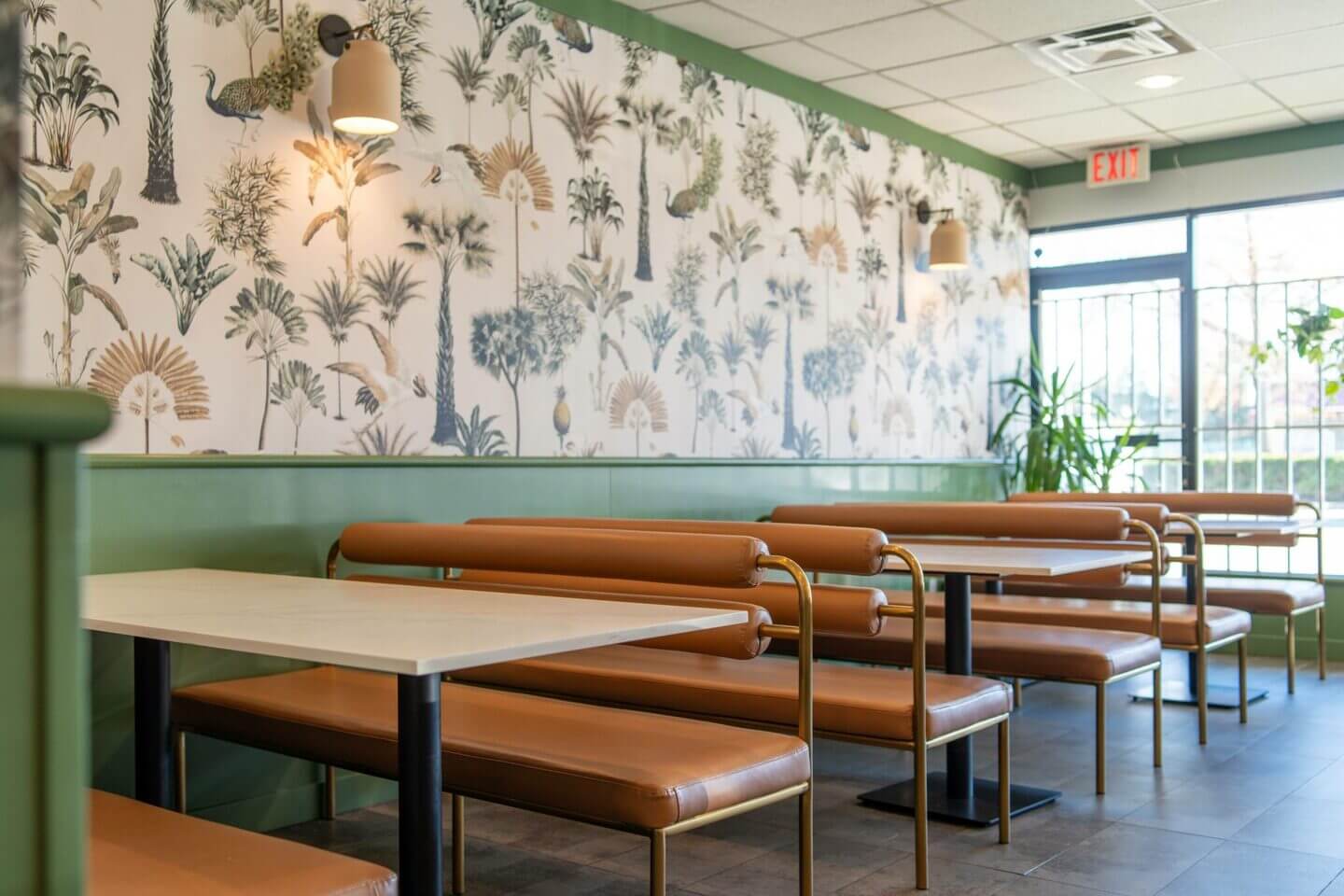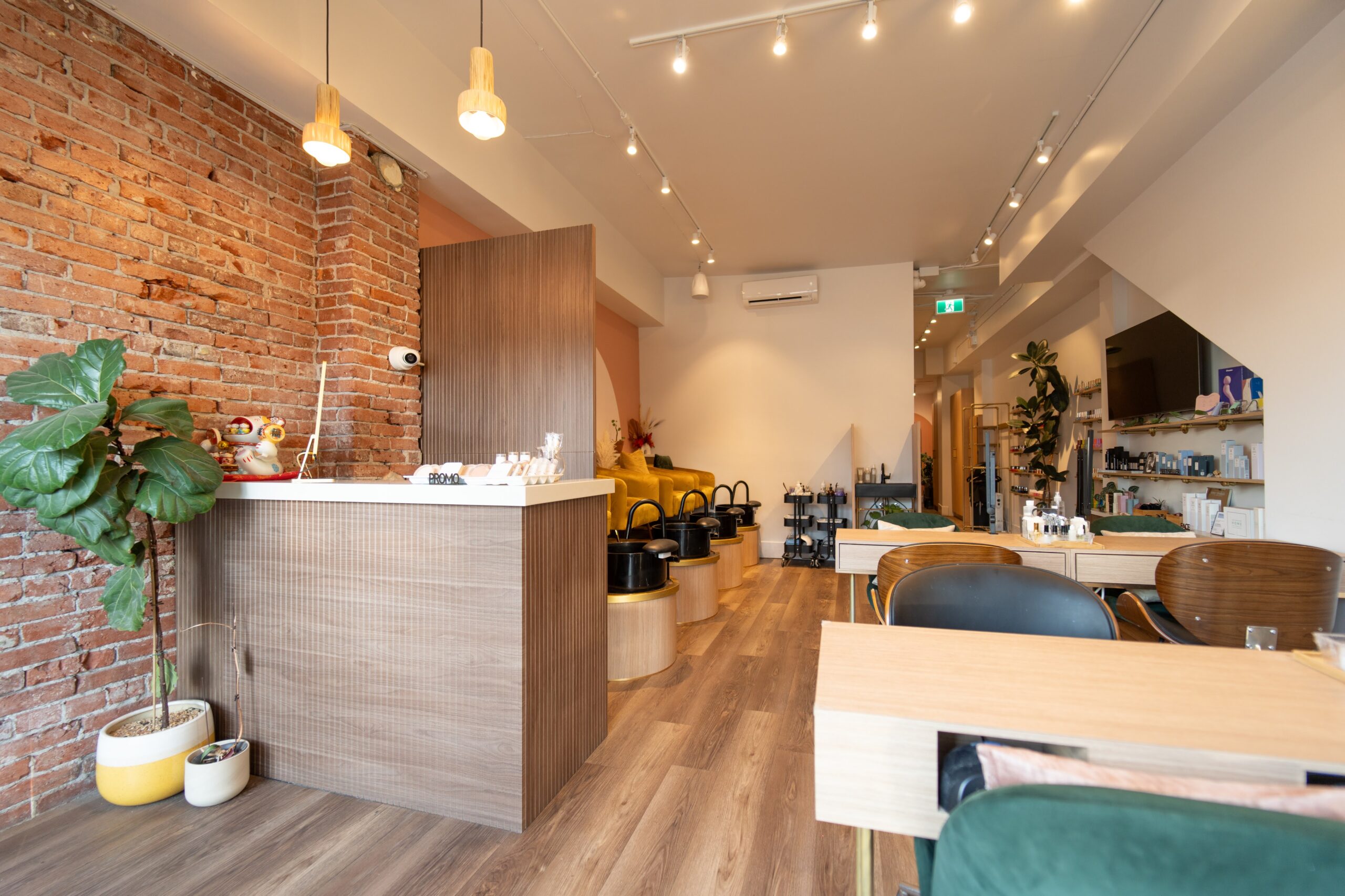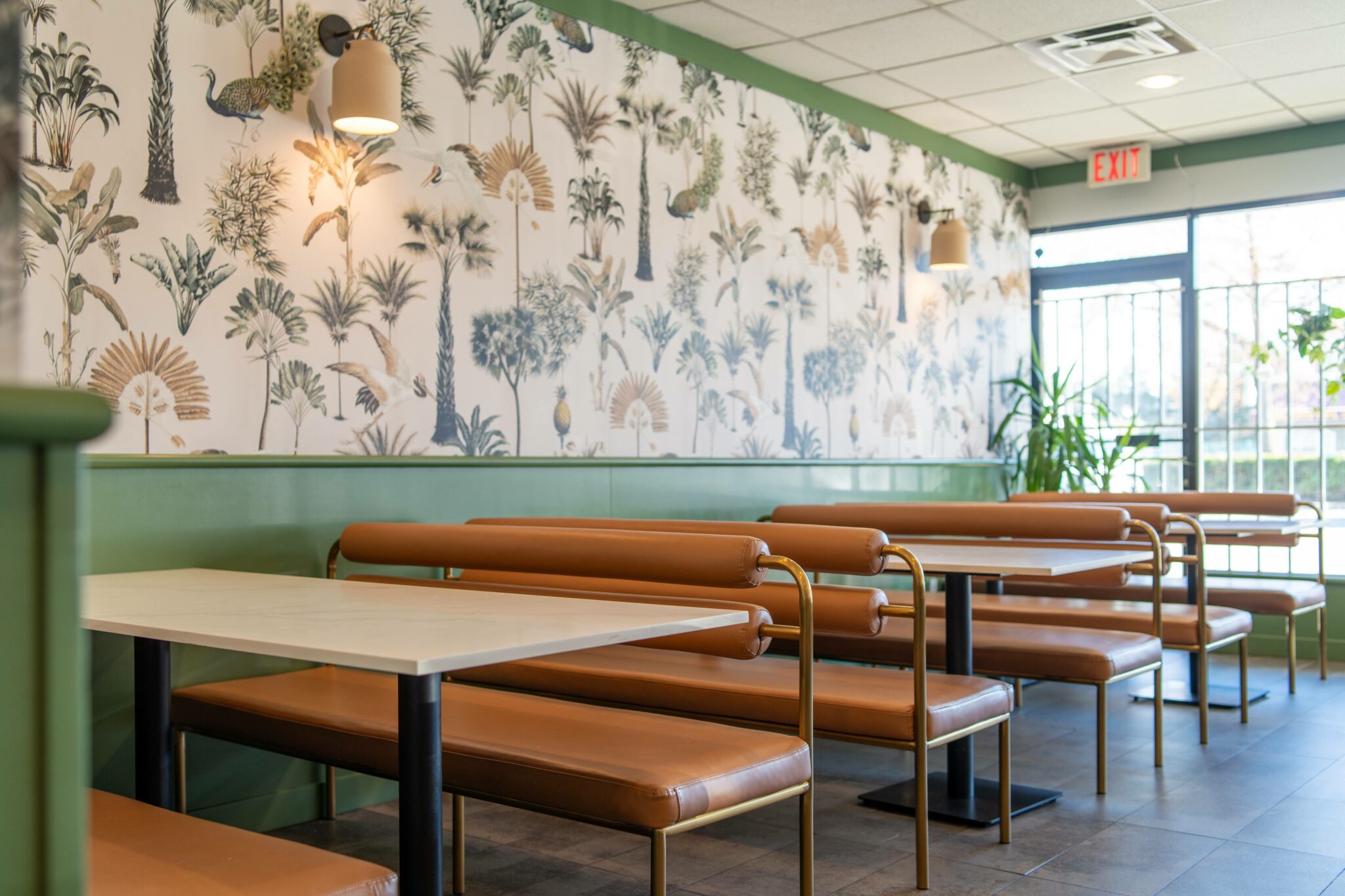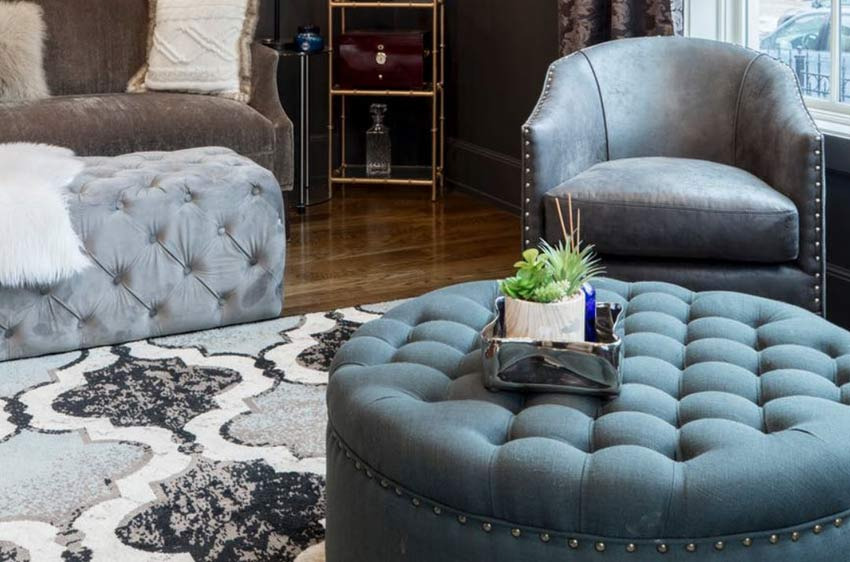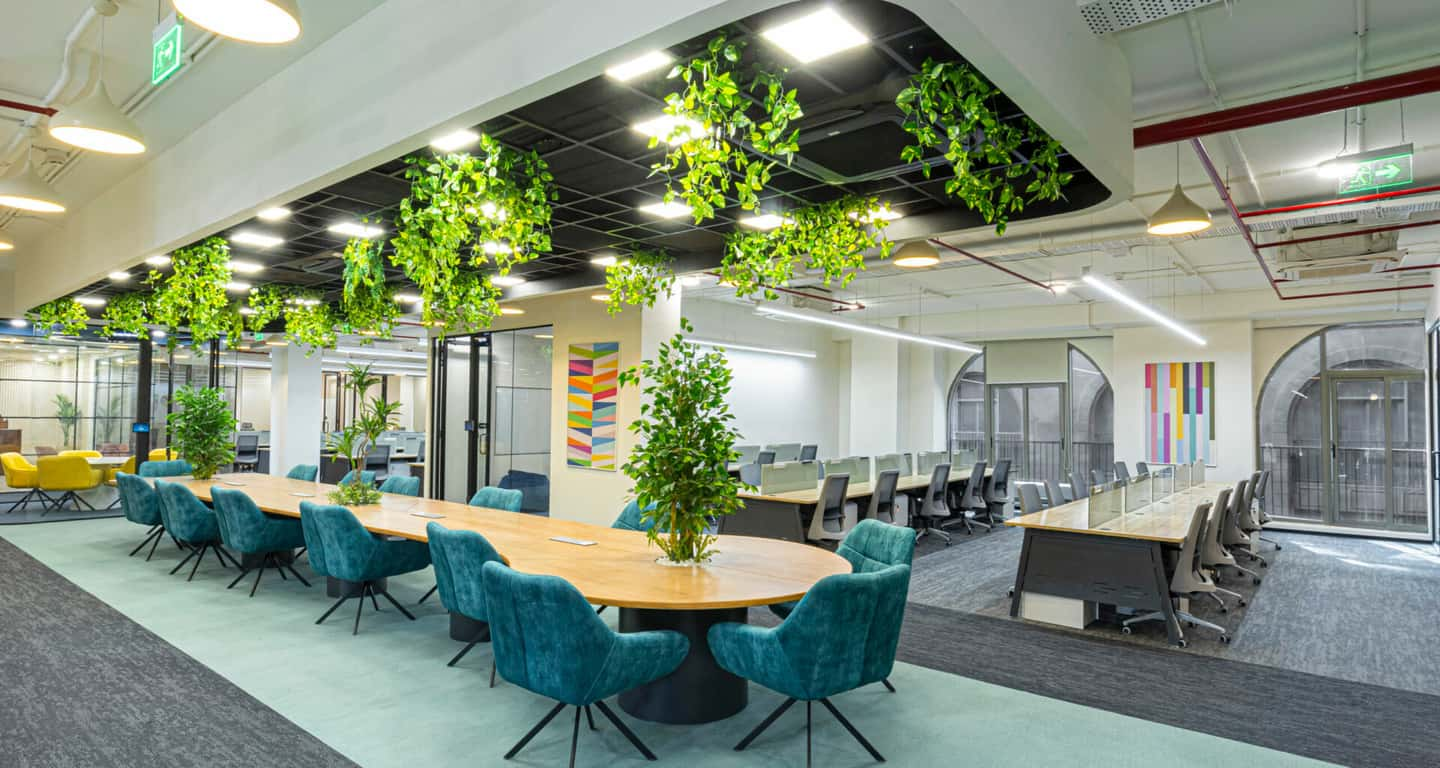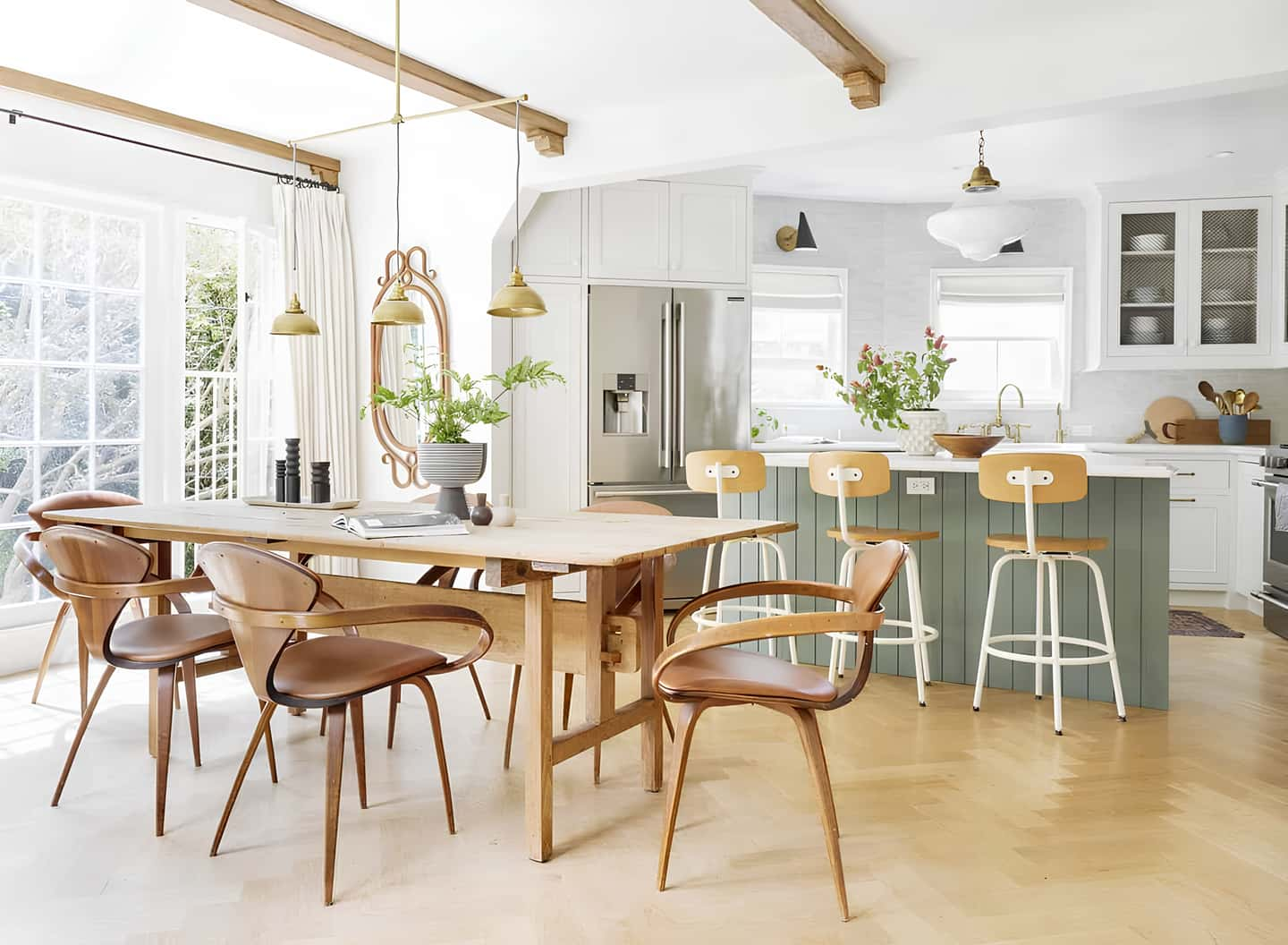
Biophilic Offices: The New Trend of 2024?
Let’s dive into why bringing elements of nature into the workplace is becoming a must-have for businesses.
I. Key Elements of Biophilic Offices
A. Natural Light and Ventilation
The glow of natural sunlight and the breeze of fresh air are like daily vitamins for office morale. Sunlight keeps our internal clocks in check, while good ventilation can mean the difference between feeling alert or drowsy at 3 p.m. Embracing these elements can transform a stale office into an invigorating work habitat.
B. Incorporating Plant Life
Plants are more than decorative. They’re air purifiers, stress reducers, and productivity boosters. Choosing the right foliage can tether an office to nature while also enhancing the air quality and mood within its walls.
C. Use of Natural Materials and Textures
Earthy materials such as reclaimed wood or bamboo can evoke an instinctual sense of calm and connection to the environment. Integrating these materials thoughtfully can elevate an office’s aesthetics and its environmental ethos.
II. Case Studies: Biophilic Offices Around the World
Curious about how biophilic design pans out in the real world? Let’s look at offices across the globe that have embraced nature to boost their employees’ mental and physical health, and how they’ve seen their productivity flourish as a result.
III. Implementing Biophilic Design in the General’s Workplace
A. Step-by-Step Guide to Transitioning
Creating a biophilic workspace is a journey. It starts with assessing the current layout, considering the budget, and thinking about how nature can be intertwined with the workday.
B. Employee Engagement in the Biophilic Transformation
For a biophilic design to thrive, everyone needs to be on board. Engaging employees in the transformation process not only empowers them but can also educate them on the benefits they’ll soon enjoy.
IV. Challenges and Considerations
A. Balancing Aesthetics with Functionality
Nature in the office should be harmonious, not hindering. Striking the right balance is crucial for a biophilic design that’s both beautiful and beneficial to the workflow.
B. Maintenance of Living Elements
Greenery in the office is alive and needs care. Understanding the commitment to maintenance and addressing any potential health concerns upfront is essential.
C. Measuring the Impact on Workforce and ROI
What’s good for the goose is good for the gander—or so the saying goes. But when it comes to the workforce and return on investment, tracking the benefits of biophilic design is key to understanding its true value.
V. Looking Ahead: The Future of Office Design
As we gaze into the future, what does the widespread adoption of biophilic design look like? How will it mesh with other workplace trends like cutting-edge technology and the need for flexible, collaborative spaces? And what role will sustainability play in corporate responsibility? Let’s explore.
VI. Conclusion
Biophilic office design might soon shift from a trend to a standard, reshaping our work environments to be more humane, healthful, and connected to nature. As we wrap up, let’s ponder what this means for businesses on the brink of embracing this design ethos.
Q&A Section
What exactly is biophilic design?
It’s an approach to architecture and interior design that focuses on integrating natural elements into the built environment to connect people with nature. This can include the use of plants, natural lighting, natural materials, and other forms of nature.
How does biophilic design benefit employees?
Studies have shown that biophilic design can reduce stress, enhance creativity, improve well-being, and even increase productivity. It can also improve air quality, which can have a positive impact on overall health.
Can biophilic design really improve productivity?
Yes, by creating a more pleasant and stimulating environment, biophilic design can help to improve focus and concentration, which in turn can boost productivity.
Is biophilic design expensive to implement?
It can be done on a range of budgets. Simple changes like increasing natural light or adding plants can be quite cost-effective, while larger renovations might require a more significant investment.
Are there any downsides to biophilic design?
While biophilic design has many benefits, it also requires careful planning and maintenance. Plants need care, and natural materials might need more upkeep than synthetic alternatives.
Ark and Mason: Crafting Spaces That Resonate with Nature
As we consider the evolving landscape of office environments, it’s essential to partner with a firm that understands the intricate balance of design, function, and nature. Ark and Mason, with a deep-rooted presence in Vancouver, stands at the forefront of this evolution. Our expertise in commercial interior design and construction management enables us to create spaces that not only embody the biophilic trend but also enrich the spirit of community. Specializing in tenant improvements across various sectors, we’re committed to delivering spaces where nature and human ingenuity thrive in harmony.


